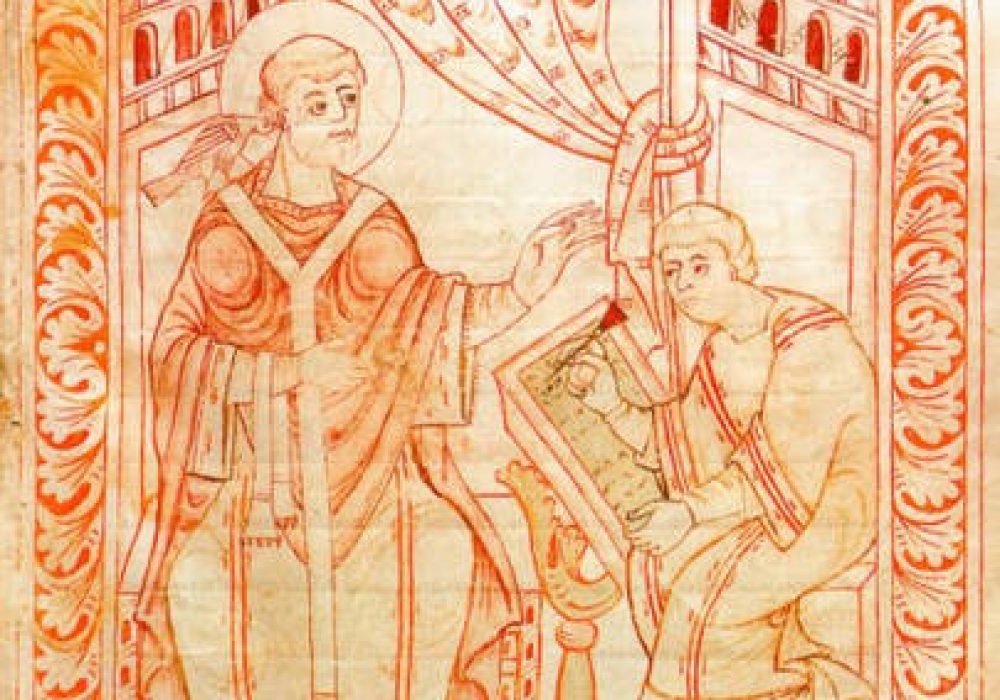Cosponsored by the Department of Music and the Medieval Studies Workshop
A principal Medieval definition of beauty is splendor formae, the manifesting of the very nature or form of a thing. While the liturgy can be described as a great divine action, it is also comprised of a variety of discrete chants. Being entirely sung, its Gregorian chants differentiate the character and function of each action and thus express a purposeful variety. This lecture will illustrate the beauty of the liturgy by comparing these chants particularly the gradual and alleluia in relation to the responsories of the Divine Office.

